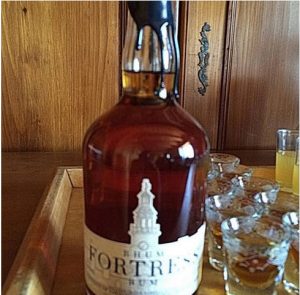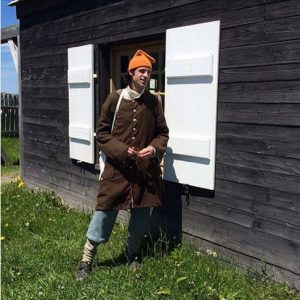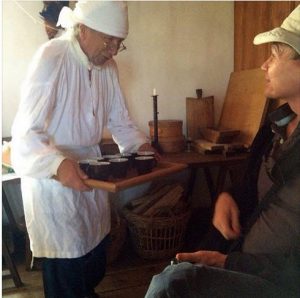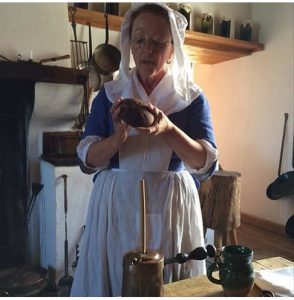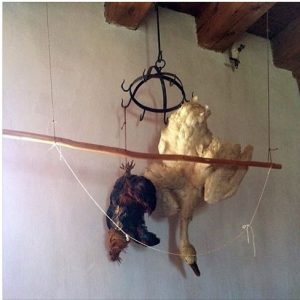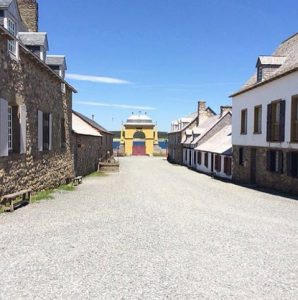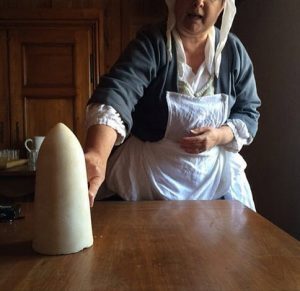Tag Archive
activity architecture art artist building Canada children city CostSaver downtown drive i-95 entertainment Europe event exhibit family festival Florida food fun historic History landmark local Museum music Nature New Zealand Ontario roadtrip sculpture Seattle show sights sightseeing tour tourist Trafalgar travel travelblogger view Washington Washington State water world
Canada: Cape Breton, Nova Scotia – Smooth Rum
Fortress Louisbourg, Cape Breton, Nova Scotia, is producing smooth rum – a drink that would have been downed by rich and poor in the 18th century. Don’t forget to bring it home as a souvenir. Every time you feel the smooth liquor go down, you’ll remember your trip – and how lucky we are to live in this century. To buy it, just ask for Fortress Rum, what else?
Canada: Cape Breton, Nova Scotia – Perfume Court
Before you enter Fortress Louisbourg, Cape Breton, NS, you can visit a fisherman’s cottage and learn about their lives in the 18th century. Perhaps they were the lucky ones living outside the walls, for the aboriginals said you could smell the fortress before you arrived as soldiers rarely bathed and there were no toothbrushes. Aboriginals stayed way outside the fortress. Now we know why Louis XV court was called the “perfume court” as they needed to cover up the human aromas.
Canada: Cape Breton, Nova Scotia – Chief Engineer
Etienne Verrier was chief engineer for Fortress Louisbourg from 1725 to 1745 and lived here, in one of the most imposing homes. The military engineers were town planners, architects and construction engineers. They laid out the streets, planned the fortifications, designed all the colony’s public buildings and influenced military tactics in the sieges. He was wealthy enough to be able to serve cocoa to his guests. A pound of cocoa cost the same as a pair or shoes. The cocoa was served hot with spices and sugar and was used medicinally and for warmth and strength.
Canada: Cape Breton, Nova Scotia – Chocolate for the Wealthy
Chocolate was hugely expensive in the 18th century and a pound would cost the same as a pair of shoes. You had to be wealthy to be able to serve cocoa to guests. the cocoa was served hot with spices and sugar and was used medicinally and for warmth and strength. Both women and men drank it. Ladies thought it was energizing. More than two centuries later, I think we still agree about that.
Canada: Cape Breton, Nova Scotia – Dinner Hanging Around
Cape Breton, Nova Scotia:
At Fortress Louisbourg, Cape Breton, Nova Scotia, inside the wealthy chief engineer’s house, we saw dinner hanging around. See the goose and chicken In a special contraption suspended from the rafters.
Canada: Cape Breton Island, Nova Scotia – Ornate Main Gates
Looking down the length of Rue Toulouse you can see the Bourbon majesty in the ornate arch of Frederic Gate. Most of the people, news, merchandise which arrived at Fortress Louisbourg, Cape Breton, Nova Scotia, as well as orders from the king arrived through the gate. The gate’s name honors the royal minister who managed France’s colonies and navy in the 18th century.
When ships arrived, crews pushed and carried their cargo through the narrow gateway. The sailors who landed here spoke French, English, Portuguese, Basque, Breton, German, and the Mi’kmaw of the native people. The quay was a gathering place for townspeople so they would have seen public announcements, auctions and even the punishment of criminals.
Canada: Cape Breton, Nova Scotia – Sugar Cane
The Dutch brought sugar cane to the West Indies. During the Colonial period, refined white sugar was shipped in the shape of cones, typically the product of slave labor. Once in the mold, sugar water or other solution was poured over the sugar to remove the excess molasses. The sugar loaves were then removed from the molds and dried. They were wrapped in blue paper (from Insifo) for shipping.
For transport it was shaped in molds and then wrapped in paper made from old clothes linen pulp add indigo to paper color
Salt cod was the “money” used to trade for it.
